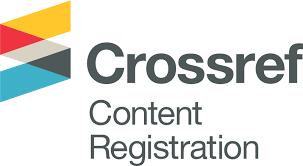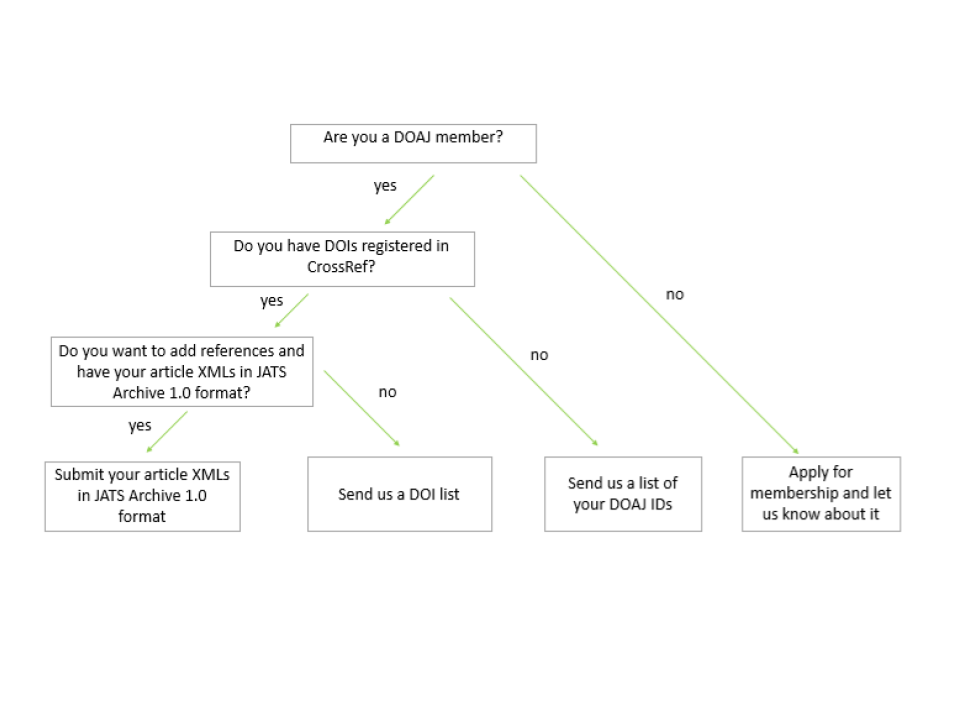Guidelines for free indexing applicants
Publishing can be a big, expensive business, or it can be done on a small scale by research communities themselves – by researchers for researchers.
ScienceOpen offers free indexing for up to 10 journals per month and the best candidate receives a free journal collection page for 1 year. At DOAJ we are joining this initiative by recommending a maximum of 10 journals per month to ScienceOpen so they can be freely indexed in their database.

In order to qualify for their free indexing offer your journal must meet the following requirements, all of which contribute to enhancing the visibility and discoverability of your content.
- Be indexed in DOAJ and without publication charges
The Directory of Open Access Journals lists over 9000 open access scholarly journals meeting certain quality standards. Listing in DOAJ is a requirement for the ScienceOpen free indexing program to assure good quality articles from an editorial standpoint. Furthermore, having a DOAJ IDs also ease the indexing procedure significantly. With your articles registered in DOAJ, the only thing you have to do is to check there are no APCs or other publication charges and to send ScienceOpen a list of the DOAJ ID-s for each article record and your content will be indexed in no time.
- Go for more and add your DOIs too
Registering your DOIs in CrossRef is an easy way to put your articles on the map of scientific communication in the digital world. Assigning DOIs to your articles and integrating them to the common system of scholarly reference linking makes your content:
- Trackable and easily identifiable
- Easy to find, cite, and link
- Easy to assess and follow up measures of re-use
- Interconnected with other records of scholarly communication
All these features enhance discoverability of and drive more traffic to your articles, and these are key issues in the current state of academic publishing. If you would like to learn more about becoming a member of Crossref, we would be happy to point you in the right direction. Your content is too valuable to publish it into a vacuum.
The trackability of DOIs also allows ScienceOpen to monitor Altmetric scores of your articles both in collection and article levels.
Based on all this, our suggestion for DOAJ members with DOIs registered to CrossRef is to submit a DOI list to enjoy the benefits of cross referencing. For publishes with medical profile: working with your PMC and PubMed IDs have the same benefits and are also a hassle-free ways of indexing.


- Go pro: maximize your context and readership by adding references
Having conventionalized and persistent identifiers like DOIs or DOAJ IDs are without doubt big steps forward in enhancing visibility and trackability of your content. However, it’s references which have the real potential to integrate and link your articles into ScienceOpen corpus of more than 28 million article records. For each reference, ScienceOpen creates a new article record that refers back to the seed article, so they are all driving traffic to your article in question. These are like paths leading the reader to the article and interconnect it with other nodes of the research network. In the end, it’s the web of references that creates a structured network from ScienceOpen’s dynamically expanding corpus. Embedding your articles into ScienceOpen’s citation and recommendation network through references adds a new dimension to research context and thus grants your content the privilege of better visibility and higher citation frequency.
And how does it work in practice? By using JATS Archive 1.0 and JATS Publishing 3.0 article XML files as data sources.This format has the serious advantage of containing easily extractable citation information, on the basis of which they pull out references, and interconnect them with the relevant nodes in our research network.
In sum, we either prefer to work with your DOIs, DOAJ/PubMed/PMC ID-s or with JATS Archive 1.0 article XMLs. The infographics below summarize and help you to find the best solution for indexing your articles.

Reblogged this on Sridhar Gutam.